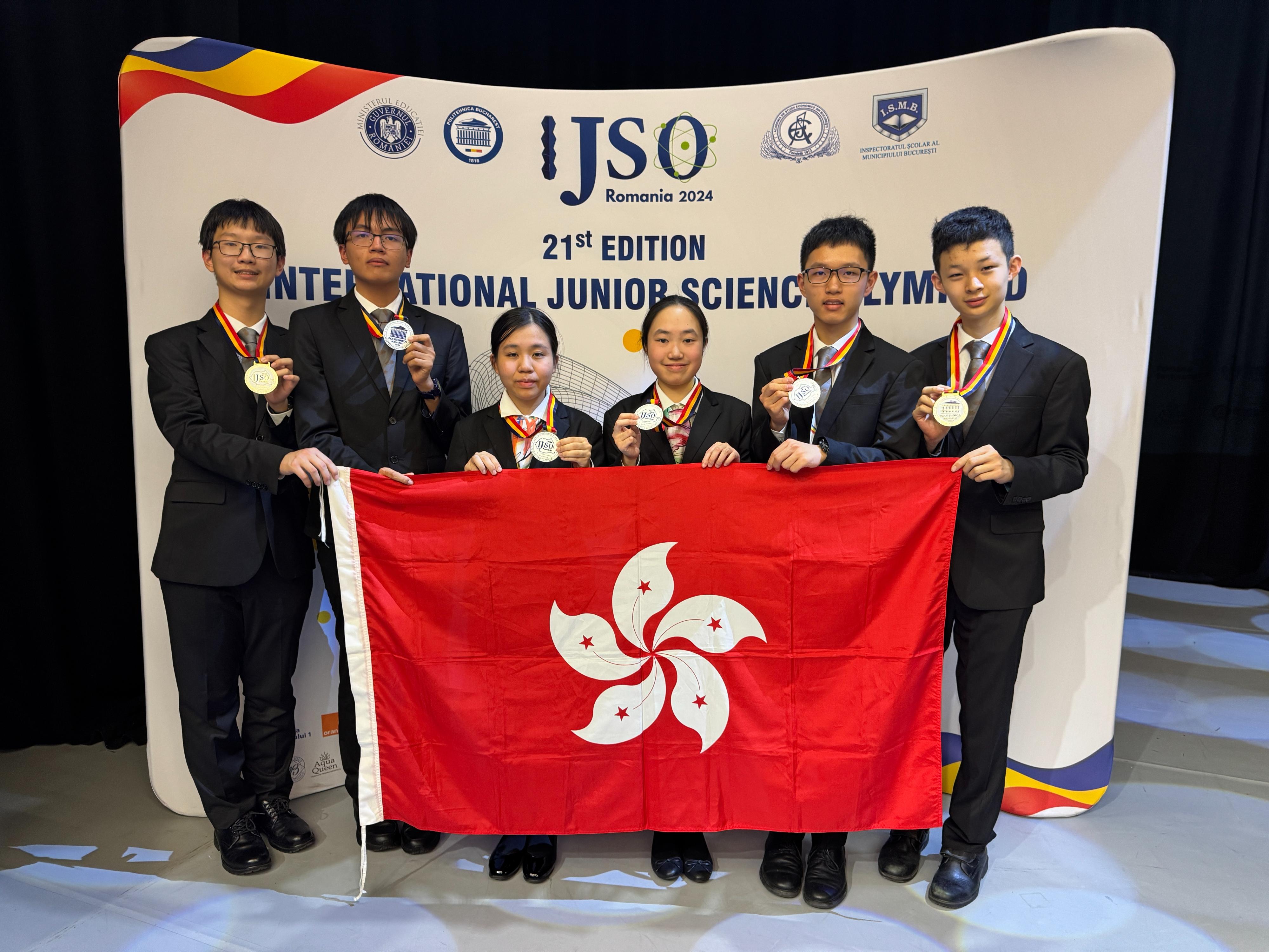Tenders invited for site formation and engineering infrastructure works at Hung Shui Kiu/Ha Tsuen New Development Area
The Civil Engineering and Development Department (CEDD) today (December 13) gazetted a notice to invite tenders for the contract for Hung Shui Kiu/Ha Tsuen New Development Area Second Phase Development – Contract 6 – Site Formation and Engineering Infrastructure Works (Contract No. YL/2023/06). The closing time for the tender is noon on February 21, 2025.
The works mainly include:
1. site clearance and formation (including land decontamination works) for about 62 hectares of lands, together with provision of associated engineering infrastructure;
2. construction of district distributor and local roads connecting Hung Shui Kiu/Ha Tsuen New Development Area to Ping Ha Road and Ha Tsuen Road;
3. construction of a sewage pumping station;
4. construction of associated works including water mains, drainage and sewerage works, cycle tracks, footpaths, box culverts, slope works, retaining structures, street furniture, landscaping works, electrical and mechanical works and other ancillary works; and
5. implementation of environmental mitigation measures (including noise barriers) and environmental monitoring works for the works mentioned above.
The works are scheduled to commence in mid-2025 and will take about 55 months to complete.
The CEDD has commissioned Ove Arup & Partners Hong Kong Limited to design and supervise the works. Interested contractors can download the tender forms and other particulars from the e-Tendering System (e-TS). Tenderers must submit tenders in electronic format via the e-TS.
Details of the tender notice are available on the CEDD website (www.cedd.gov.hk/eng/tender-notices/contracts/tender-notices/index.html). For enquiries, please call Ove Arup & Partners Hong Kong Limited at 3447 6109 during office hours.
